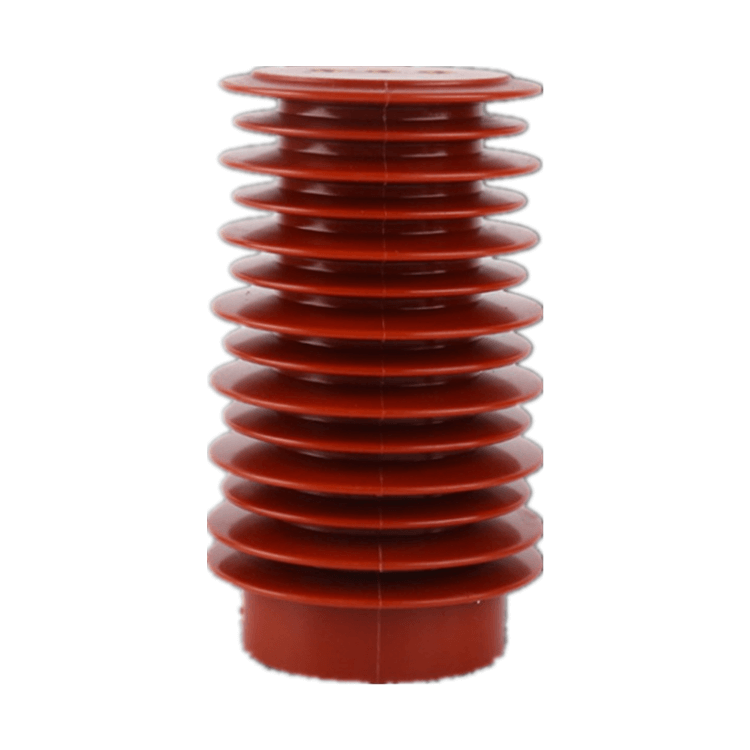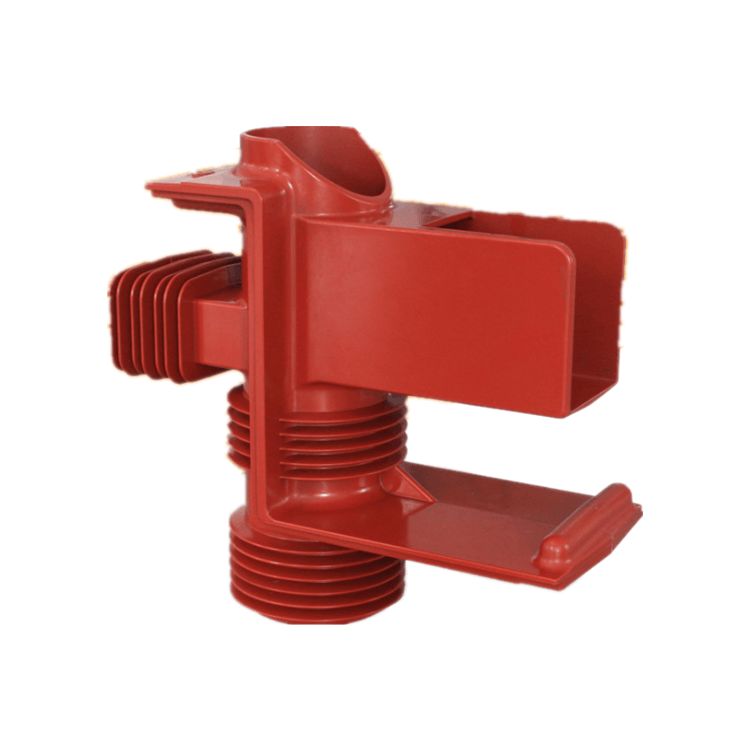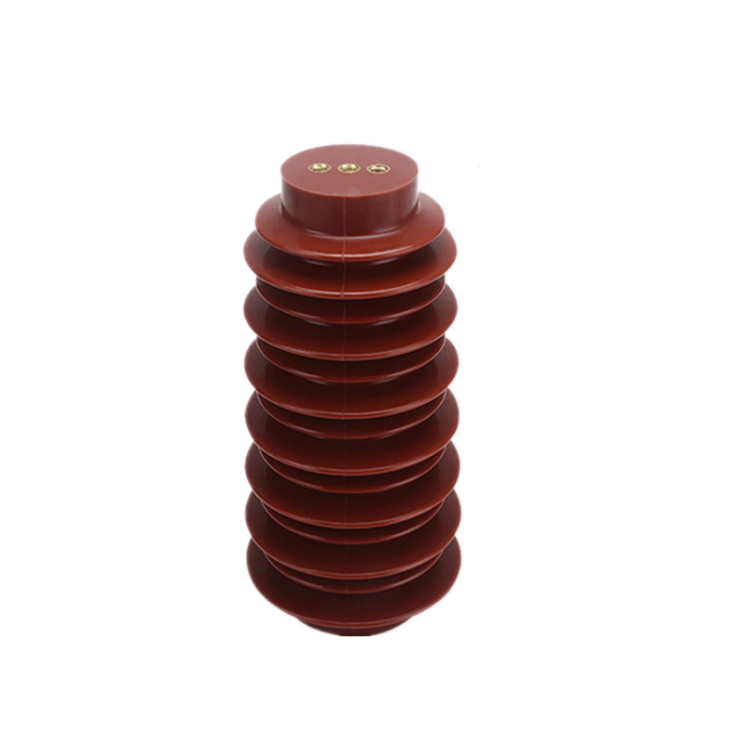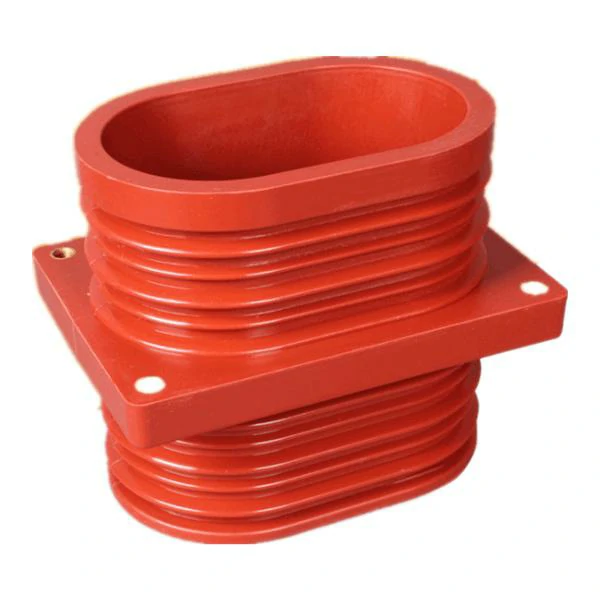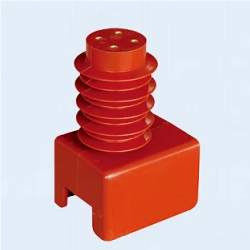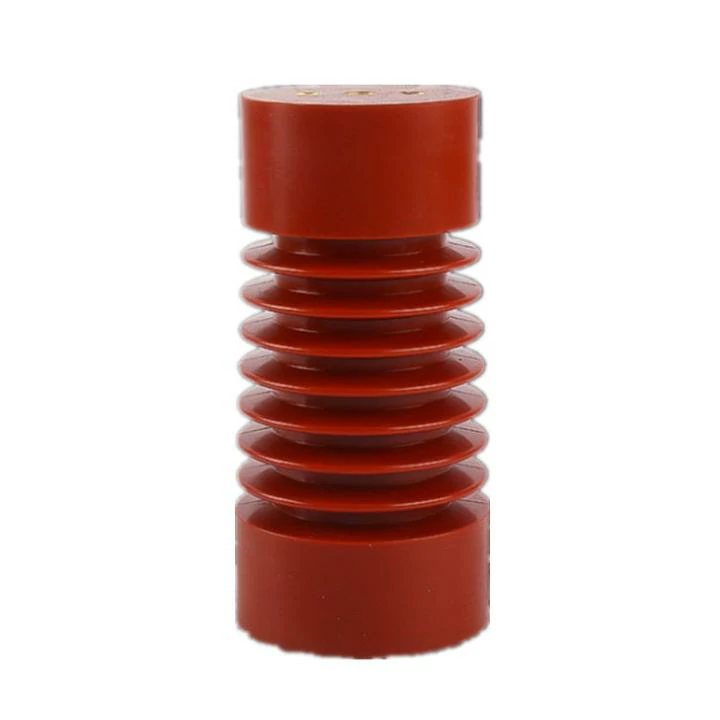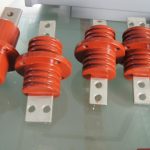Selecting the best insulation for interior walls is a crucial decision in any building project. Proper insulation enhances energy efficiency, indoor comfort, and soundproofing, while also contributing to the overall structural integrity. This comprehensive article explores the various insulation options available for interior walls, taking into account factors such as thermal performance, fire resistance, moisture management, environmental impact, and installation considerations. We will delve into the pros and cons of each type of insulation to help you make an informed decision.
I. Fiberglass Insulation
Fiberglass insulation is one of the most common choices for insulating interior walls. It consists of fine glass fibers and is available in batts, rolls, or loose-fill forms. Its key attributes include:
- Thermal Performance: Fiberglass insulation provides excellent thermal resistance, effectively reducing heat transfer through interior walls, which is essential for maintaining a comfortable indoor temperature.
- Fire Resistance: It has good fire resistance properties, making it a safe choice for interior walls.
- Moisture Management: Properly installed fiberglass insulation can resist moisture, preventing mold and mildew growth.
- Environmental Impact: It is relatively eco-friendly, as it contains a significant percentage of recycled material.
- Installation: Installation is straightforward, but proper handling is required to avoid skin irritation and respiratory issues.
II. Cellulose Insulation
Cellulose insulation is made from recycled paper products, primarily newsprint, and is treated with fire retardants. It has several notable features:
- Thermal Performance: Cellulose insulation has good thermal resistance properties, similar to fiberglass, and is an effective choice for interior walls.
- Fire Resistance: The fire-retardant treatment enhances its fire resistance, making it a safer option.
- Moisture Management: Cellulose can absorb moisture, potentially leading to issues like mold and decay if not installed correctly.
- Environmental Impact: It is an environmentally friendly option due to its recycled content and relatively low energy consumption during manufacturing.
- Installation: Proper installation requires expertise to ensure even distribution and prevent settling over time.
III. Spray Foam Insulation
Spray foam insulation, available in open-cell and closed-cell varieties, is a versatile option known for its exceptional performance:
- Thermal Performance: Spray foam provides outstanding thermal resistance and creates a seamless, airtight barrier within the wall cavity.
- Fire Resistance: Closed-cell spray foam offers excellent fire resistance, while open-cell is less fire-resistant and should be properly covered.
- Moisture Management: Closed-cell spray foam acts as a moisture barrier, while open-cell can allow vapor permeability if not protected.
- Environmental Impact: The chemicals used in spray foam manufacturing raise environmental concerns, but its long-term energy savings can offset this impact.
- Installation: Professional installation is essential, as it requires specialized equipment and knowledge.
IV. Mineral Wool Insulation
Mineral wool insulation, often available as batts or loose-fill, is made from basalt or slag. It boasts several advantages:
- Thermal Performance: Mineral wool provides excellent thermal resistance and is particularly effective in high-temperature environments.
- Fire Resistance: It is highly fire-resistant and can withstand high temperatures without melting or releasing toxic fumes.
- Moisture Management: Mineral wool is hydrophobic and does not absorb moisture, making it resistant to mold and rot.
- Environmental Impact: It is eco-friendly, as it can be produced with a high percentage of recycled content.
- Installation: Installation is similar to fiberglass insulation, but it can be heavier and may require specialized fasteners.
V. Rigid Foam Insulation
Rigid foam insulation, typically made from expanded or extruded polystyrene, provides unique advantages:
- Thermal Performance: It offers excellent thermal resistance and is ideal for insulating interior walls where space is limited.
- Fire Resistance: Rigid foam insulation varies in fire resistance, with some types being more fire-resistant than others.
- Moisture Management: Extruded polystyrene has good moisture resistance, while expanded polystyrene is vulnerable to moisture absorption.
- Environmental Impact: The manufacturing process of some rigid foam materials can have environmental drawbacks.
- Installation: Installation is straightforward, and it can be easily cut to fit, but it requires proper sealing to prevent air leakage.
VI. Considerations for Soundproofing
When selecting insulation for interior walls, soundproofing is a crucial factor. Various insulation materials, such as acoustic batts or specialized foam panels, can be used to minimize noise transmission between rooms. We discuss the key principles and materials for effective soundproofing in this section.
VII. Eco-Friendly Insulation Options
In an era of increasing environmental awareness, many homeowners and builders seek eco-friendly insulation options. We explore insulation materials that are sustainable, recyclable, and energy-efficient, contributing to a greener construction industry.
VIII. Installation Best Practices
Proper installation of interior wall insulation is essential to maximize its performance. We delve into the best practices and common mistakes to avoid when installing insulation, ensuring energy efficiency and safety.
IX. Moisture Management
Moisture-related issues can significantly impact the performance and durability of insulation. This section discusses the importance of moisture management, methods to prevent condensation and mold growth, and the role of vapor barriers in interior wall insulation.
X. Cost Considerations
Insulation costs can vary significantly based on the material chosen, project size, and location. We provide insights into budget considerations, cost-effective choices, and long-term savings associated with various insulation types.
XI. Conclusion
In conclusion, the choice of insulation for interior walls depends on various factors, including thermal performance, fire resistance, moisture management, environmental impact, and installation requirements. Each insulation type has its strengths and weaknesses, and the ideal choice may vary based on the specific needs of your project. Understanding these factors and making an informed decision will help you achieve an energy-efficient, comfortable, and safe interior environment. Proper insulation is an investment in the long-term sustainability and comfort of your building, and choosing the best option is crucial for the success of your construction project.




